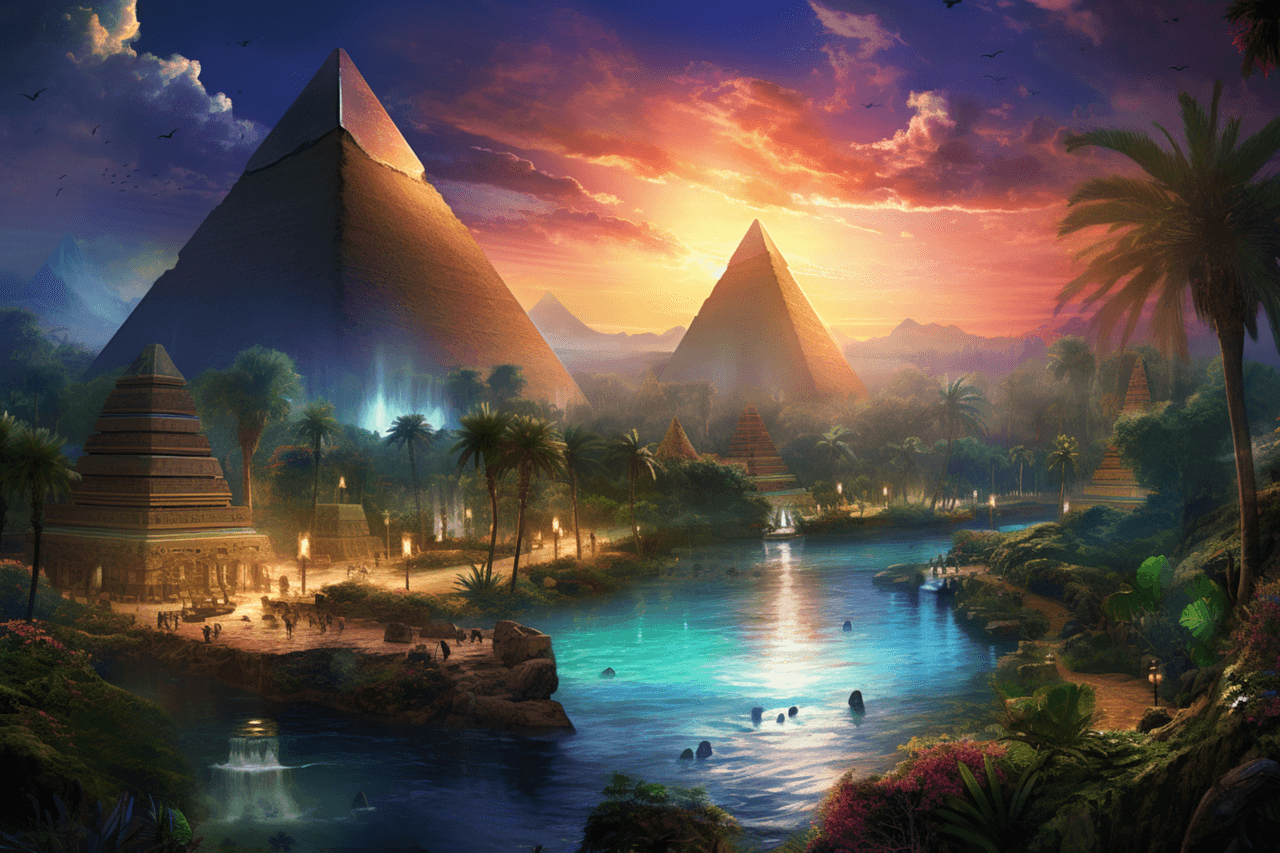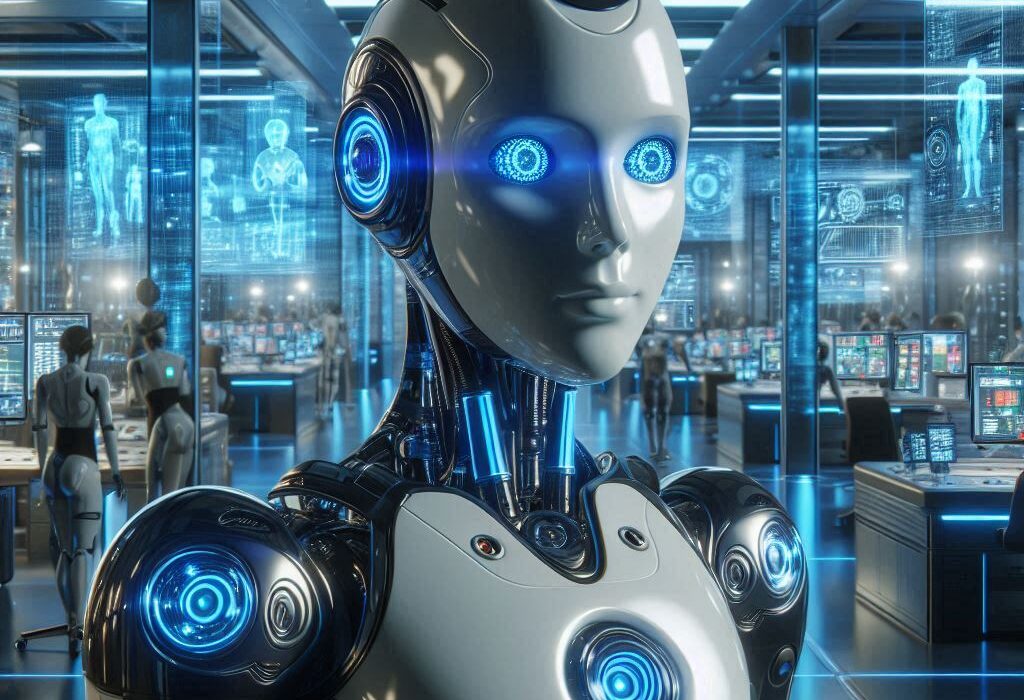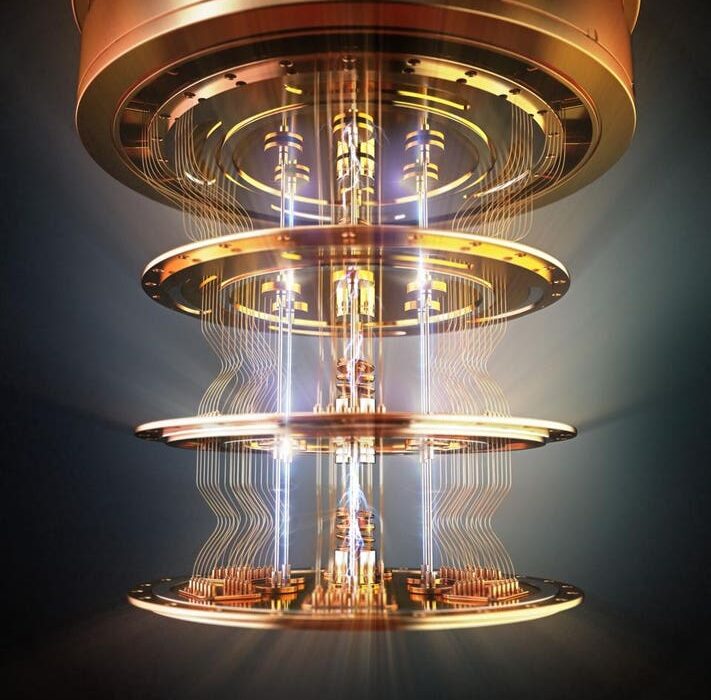For centuries, the past has whispered to us through shattered stones and forgotten scrolls, its stories buried beneath layers of soil, time, and silence. The world’s ancient civilizations—Mesopotamia, Egypt, the Indus Valley, the Maya—once teemed with life, music, ritual, love, and war. Now, they lie mostly in ruin, hidden in deserts, jungles, and oceans. Archaeologists have long served as our translators of time, painstakingly brushing away dirt and deciphering fragments to reconstruct human history.
But the earth hides its secrets well. Even the most dedicated scholars can only scratch its surface. Much of history remains unreachable, locked behind crumbling languages, broken artifacts, and landscapes too vast to search by hand. That is, until a new kind of tool emerged—not forged in fire, but coded in logic.
Artificial intelligence, once the domain of futuristic fiction, has now joined the ranks of humanity’s most powerful archaeological allies. And with it, the past is starting to speak again.
Ghost Cities Revealed From the Sky
From high above, the Amazon rainforest stretches endlessly, green and alive, veiling everything beneath it in leafy silence. For generations, scholars believed this jungle was too wild, too hostile to have ever hosted a major civilization. Only scattered tribal communities were thought to have survived here—nomadic, transitory, temporary.
But as satellite imaging and LiDAR (Light Detection and Ranging) technology advanced, something astonishing came into view: perfect geometric patterns, massive ditches, causeways, and entire city plans hidden under the canopy. These weren’t random formations. They were the remains of vast urban settlements, carefully planned and populated centuries ago.
Enter AI. By training machine learning algorithms to detect subtle anomalies in elevation data, researchers began to uncover hundreds of previously unknown archaeological sites. What once would have taken years of foot exploration now took days of data crunching. In 2022, an AI-assisted LiDAR scan over Bolivia revealed more than 20 cities that had been invisible to human eyes for centuries. Suddenly, the idea that the Amazon was an untouched wilderness was turned on its head.
The civilizations of the Amazon weren’t just surviving—they were thriving, building complex societies with roads, dams, agriculture, and spiritual centers. And they had done so in harmony with the rainforest.
AI didn’t just help find these cities. It gave voice to a forgotten chapter of human ingenuity. It challenged a long-standing narrative and reminded us that history is never settled—it is constantly waiting to be rewritten.
The Resurrection of Dead Languages
In a dimly lit library in Oxford or a dusty backroom in Istanbul, ancient texts lie in silence. Many are written in scripts we can no longer read—Linear A, Rongorongo, or the undeciphered characters of the Harappan civilization. They remain mute relics of once-vibrant cultures, as if a thousand novels were written in a language no one speaks.
For decades, linguists and cryptographers have tried to decode these languages, often relying on tiny sample sizes and context-based guesswork. Progress has been painfully slow.
But now, artificial intelligence is beginning to decode what human minds could not. Using neural networks—specifically transformers, the same type of AI behind large language models—researchers have developed algorithms that analyze known and unknown languages, comparing patterns, frequencies, and grammatical structures.
One breakthrough came in 2019, when a team at MIT used AI to decipher a lost language called Ugaritic in just a few hours. By feeding the algorithm both the unknown text and a known reference language (like Hebrew), the system identified cognates and matched them with astonishing accuracy.
While full decipherment remains difficult, especially with small data sets, AI is uniquely suited to the problem. It doesn’t suffer fatigue. It can analyze every permutation. It can compare thousands of ancient texts across languages, cultures, and epochs in seconds.
This means that long-silent civilizations may yet speak again—not through seances or mysticism, but through mathematics.
Reimagining the Faces of the Forgotten
Who were the people who built the pyramids? Who laughed around the fire at Göbekli Tepe? Who wept as the Library of Alexandria burned?
Bones and ruins tell us some of their stories, but they lack the intimacy of faces. For centuries, artists have tried to recreate what ancient humans looked like—rendering busts, drawing portraits, modeling skulls. It’s part science, part speculation.
Now, AI is adding astonishing precision to this process.
Using craniofacial reconstruction software powered by deep learning, researchers are able to take ancient skulls and rebuild them into photorealistic faces. These aren’t just guesses—they’re based on thousands of data points from real human variation, making each digital resurrection more faithful to reality than ever before.
In 2021, archaeologists used AI to reconstruct the face of a teenage girl who lived 9,000 years ago in Greece. Her image—serene, curious, perhaps a little skeptical—was projected onto the walls of museums, allowing visitors to look into the eyes of someone who had walked the earth long before Homer’s verses.
More than science, these faces awaken emotion. They make the past human. They remind us that history isn’t about empires and wars—it’s about people.
Decoding the Labyrinths Below
Beneath the modern city of Jerusalem lies a vast honeycomb of tunnels, chambers, aqueducts, and foundations. Every stone layer speaks to a different epoch: Roman, Byzantine, Islamic, Crusader, Ottoman. The same is true in Athens, Rome, Cairo, and countless other cities built upon cities.
Traditional excavation in such places is slow, dangerous, and often politically sensitive. But AI has introduced new ways to “see” underground without digging.
Using ground-penetrating radar and seismic sensors, archaeologists can now map subterranean landscapes in stunning detail. But the raw data from these scans is chaotic and dense—virtually unreadable without help. That’s where AI comes in.
Machine learning algorithms sift through millions of data points, identifying voids, shapes, and anomalies that might indicate hidden chambers, burial sites, or ancient infrastructure. In Egypt’s Saqqara necropolis, AI analysis of radar scans led to the discovery of a previously unknown temple—buried deep beneath the sands and invisible to the naked eye.
In effect, AI is becoming a kind of x-ray vision for the ancient world, letting us explore the past without disturbing it.
Guardians of the Past
Not all threats to history come from time. In war zones, heritage sites are routinely looted, bombed, or bulldozed. From the destruction of Palmyra by ISIS to the illegal sale of Babylonian tablets, humanity’s oldest treasures are constantly at risk.
Here, too, AI is stepping in as a protector.
By analyzing satellite imagery in real-time, AI systems can detect suspicious activity around known archaeological sites—such as fresh digging, movement of machinery, or the sudden appearance of tracks. Platforms like GlobalXplorer°, created by space archaeologist Sarah Parcak, crowdsource satellite image analysis, with AI filtering results to alert authorities to possible looting.
AI is also being used to create digital backups of ancient sites. High-resolution 3D scans of the Buddha statues of Bamiyan (destroyed by the Taliban in 2001) now exist, enabling future generations to study and possibly rebuild what has been lost.
Even more profound, AI is helping track black market art sales, comparing photos from looted tombs to online listings. Algorithms trained to recognize pottery styles, inscriptions, or tool marks are now aiding law enforcement in repatriating stolen artifacts to their countries of origin.
In this way, AI isn’t just a tool for discovery—it’s a defender of memory.
Stories Written in Dust and DNA
In the frozen caves of Siberia or the crypts of ancient Egypt, tiny fragments of DNA lie hidden in bone, ash, or even soil. These fragments carry the story of human migration, disease, diet, and relationships—coded in nucleotides, forgotten for thousands of years.
Sequencing ancient DNA is a delicate process, but one supercharged by AI. Machine learning models now help predict gene degradation, reconstruct partial sequences, and even identify previously unknown human species.
In 2018, scientists discovered a girl who was the child of a Neanderthal mother and a Denisovan father—a literal hybrid of two extinct human cousins. The identification was only possible because AI-assisted genome analysis caught subtle irregularities in the ancient genetic material.
Elsewhere, AI is helping trace the spread of ancient plagues, such as the Justinianic plague or the Black Death, by identifying bacterial DNA in medieval graveyards. This doesn’t just teach us about the past—it helps model future outbreaks and prepare for them.
Through data and DNA, AI is rebuilding lost family trees of humanity.
A New Kind of Archaeologist
The archaeologist of tomorrow may still carry a trowel and a notebook, but they will also carry drones, laptops, and code. They will not only know history—they will know Python. They will speak to AI not as a servant, but as a collaborator.
In the lab, AI will translate papyrus scrolls scorched by Vesuvius. In the field, it will guide excavation by detecting soil anomalies. In museums, it will rebuild shattered pots from a million ceramic shards. And online, it will democratize history, allowing students in Lagos or Dhaka to explore Rome, Angkor Wat, or Machu Picchu in virtual reality.
We are entering an era where our past is no longer just unearthed—it is reanimated.
A Future Woven from Memory
For all its power, AI cannot feel wonder. It cannot marvel at a painted cave or weep at a forgotten grave. That remains our privilege—and our responsibility.
What AI can do is make the invisible visible. It can reveal what the wind buried, what the sand concealed, what time tried to erase. It can shine a light into humanity’s long night, not to replace the human story, but to illuminate it.
In every ancient ruin lies a question: Who were we?
Now, with the help of machines that never sleep, we are beginning to answer it.
One discovery at a time.






